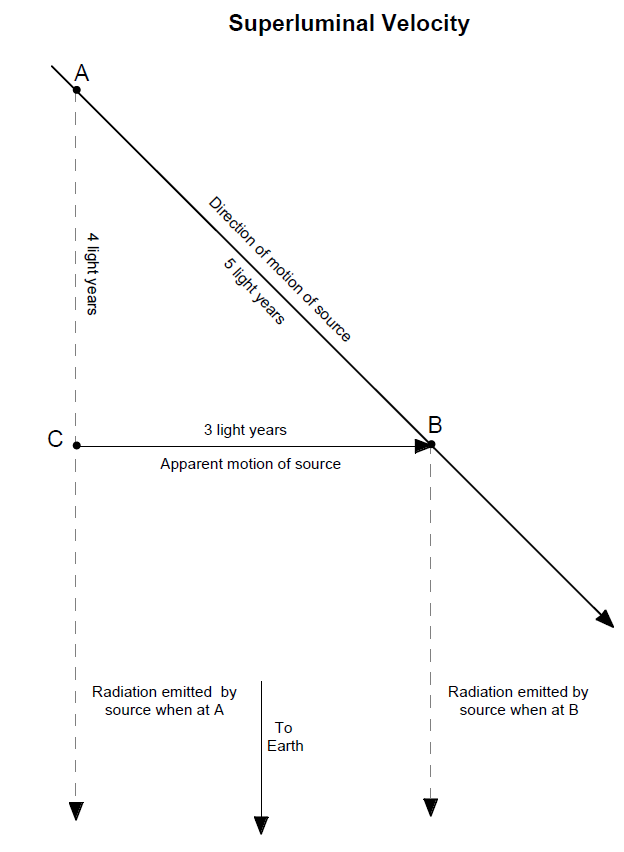
تاريخ الفيزياء

علماء الفيزياء


الفيزياء الكلاسيكية

الميكانيك

الديناميكا الحرارية


الكهربائية والمغناطيسية

الكهربائية

المغناطيسية

الكهرومغناطيسية


علم البصريات

تاريخ علم البصريات

الضوء

مواضيع عامة في علم البصريات

الصوت


الفيزياء الحديثة


النظرية النسبية

النظرية النسبية الخاصة

النظرية النسبية العامة

مواضيع عامة في النظرية النسبية

ميكانيكا الكم

الفيزياء الذرية

الفيزياء الجزيئية


الفيزياء النووية

مواضيع عامة في الفيزياء النووية

النشاط الاشعاعي


فيزياء الحالة الصلبة

الموصلات

أشباه الموصلات

العوازل

مواضيع عامة في الفيزياء الصلبة

فيزياء الجوامد


الليزر

أنواع الليزر

بعض تطبيقات الليزر

مواضيع عامة في الليزر


علم الفلك

تاريخ وعلماء علم الفلك

الثقوب السوداء


المجموعة الشمسية

الشمس

كوكب عطارد

كوكب الزهرة

كوكب الأرض

كوكب المريخ

كوكب المشتري

كوكب زحل

كوكب أورانوس

كوكب نبتون

كوكب بلوتو

القمر

كواكب ومواضيع اخرى

مواضيع عامة في علم الفلك

النجوم

البلازما

الألكترونيات

خواص المادة


الطاقة البديلة

الطاقة الشمسية

مواضيع عامة في الطاقة البديلة

المد والجزر

فيزياء الجسيمات


الفيزياء والعلوم الأخرى

الفيزياء الكيميائية

الفيزياء الرياضية

الفيزياء الحيوية

الفيزياء العامة


مواضيع عامة في الفيزياء

تجارب فيزيائية

مصطلحات وتعاريف فيزيائية

وحدات القياس الفيزيائية

طرائف الفيزياء

مواضيع اخرى
Superluminal Velocities
المؤلف:
Diane Fisher Miller
المصدر:
Basics of Radio Astronomy
الجزء والصفحة:
p45
28-2-2016
2000
Superluminal Velocities
Some discrete (defined in the next chapter) sources within quasars have been observed to change positions over a brief period. Their motion generally appears to the observer to be radially outward from the center of the quasar image. The apparent velocities of these objects have been measured, and if the red shifts actually do represent the distance and recession velocities of the quasar, then these discrete objects are moving at speeds greater than the speed of light! We call these apparent speeds superluminal velocities or superluminal expansion.
Well, we know this is impossible, right? So astronomers had to come up with a more reasonable explanation. The most widely accepted explanation is that the radiation emitted from the object at the first position (A in the diagram below) has travelled farther and thus taken longer to reach Earth than the radiation emitted from the second position (B), 5 LY from A.

Suppose A is 4 light years (LY) farther from Earth than B (that is, AC is 4 LY). Moving just a bit under the speed of light, the object takes just over 5 LY to travel from A to B. However, the radiation it emitted at A reaches C in 4 years. As that radiation continues toward Earth, it is one year ahead of the radiation emitted toward us by the object when it arrived at B. When it finally (after several billion years) reaches Earth, the radiation from A is still one year ahead of the radiation from B. It appears to us that the object has moved tangentially out from the center of the quasar, from C to B and (from the Pythagorean theorem) has gone 3 LY in just over one year! That the object appears to travel at nearly three times light speed is only because of the projection effect, with its radiation travelling from A to C in 4 years, while the object itself went from A to B in 5 years.
 الاكثر قراءة في مواضيع عامة في علم الفلك
الاكثر قراءة في مواضيع عامة في علم الفلك
 اخر الاخبار
اخر الاخبار
اخبار العتبة العباسية المقدسة

الآخبار الصحية















 قسم الشؤون الفكرية يصدر كتاباً يوثق تاريخ السدانة في العتبة العباسية المقدسة
قسم الشؤون الفكرية يصدر كتاباً يوثق تاريخ السدانة في العتبة العباسية المقدسة "المهمة".. إصدار قصصي يوثّق القصص الفائزة في مسابقة فتوى الدفاع المقدسة للقصة القصيرة
"المهمة".. إصدار قصصي يوثّق القصص الفائزة في مسابقة فتوى الدفاع المقدسة للقصة القصيرة (نوافذ).. إصدار أدبي يوثق القصص الفائزة في مسابقة الإمام العسكري (عليه السلام)
(نوافذ).. إصدار أدبي يوثق القصص الفائزة في مسابقة الإمام العسكري (عليه السلام)


















